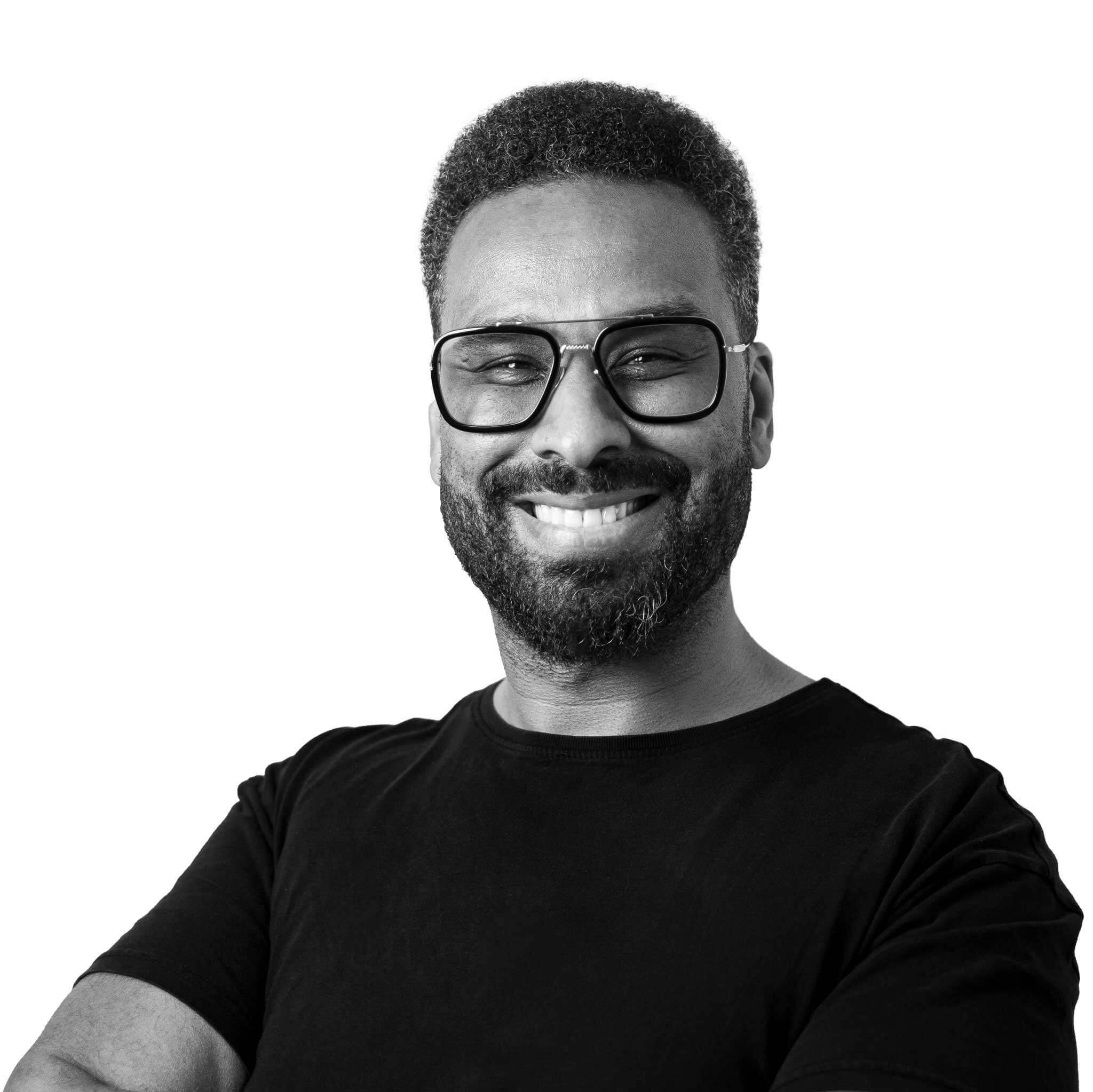AI Can Create the Video. Writers Create the Vision.
22-Jun-2025 10:30:00 AM • Written by: Mohamed Hamad

When I Saw Google’s VEO 3 in Action, It Hit Me
Watching Google unveil its latest VEO 3 video model at I/O 2025 felt like staring through a window into the future. These weren’t just impressive demos. They were little stories. Moments packed with emotion, light, motion and sound. And I couldn’t help but think: the people best suited to shape this new world aren’t filmmakers or engineers.
They’re writers.
Words Are No Longer Just for Reading. They’re Blueprints for Film
VEO 3 doesn’t just generate scenes. It brings scripts to life. It layers in sound, lighting, pacing. It understands story beats. A few lines of text can now build an entire mood.
That’s not just cinematic. That’s transformational.
The Best Prompters Will Be the Ones Who Know How to Tell a Story
What makes this shift so fascinating is that prompting isn’t a technical skill. It’s a creative one. Every great AI video starts with words. And the right words, in the right order, make all the difference.
Creative writers already know how to:
- Set the scene
- Build emotion
- Craft dialogue that feels human
- Create characters and tension
They’ve been training for this moment their entire lives.
Prompting Feels a Lot Like Directing. Because It Is
We used to need budgets, crews and cameras to bring a story to screen. Now? It starts with a sentence.
But not just any sentence. The kind that makes you feel something. The kind that paints a picture in your mind. Take this, for example:
"A dusk-lit back alley where the wind makes the trash dance. A lone figure limps away from an unseen pursuer. Sirens echo in the distance."
That’s not a prompt. That’s a direction. And the model responds to it like a crew would. Lighting, sound, atmosphere and all.
This Isn’t the End of Creativity. It’s a New Beginning
AI video doesn’t replace imagination. It amplifies it.
Writers no longer need to wait for someone else to greenlight their vision. The friction is gone. The delay is gone. What remains is the core of storytelling: the ability to build a world from nothing but words.
Writers can now shape how those words look and sound too. It’s the kind of creative freedom we’ve never had before.
Let’s Not Pretend There’s No Risk
Here’s the thing: when something looks and sounds this real, it can be used to mislead.
We’ve seen this story before. When Photoshop made image manipulation easy, we started seeing impossible standards. It led to real harm. Eating disorders. Broken self-image. Eventually, regulation. In France, commercial photos that have been digitally altered to make models appear thinner or larger must carry a disclaimer label: "photographie retouchée." That law was designed to promote healthier body image standards.
AI video could follow the same path. Thankfully, tools like VEO 3 and OpenAI’s Sora include invisible markers to flag their work as synthetic. But that’s just the start. As creators, we’ll need to lead with integrity. Label clearly. Tell people when something’s fiction. Keep our work rooted in truth.
Final Thought: This Is a Call to Writers
If you’ve ever built a world in your head and struggled to show it to someone, this is your moment.
You don’t need a studio. You don’t need a team. You need your words, and the courage to use them in a new way.
Because the people shaping the future of film won’t be the ones with the best equipment. They’ll be the ones who know how to make you feel something with nothing but a prompt.
Are your a writer ready to take your words to the big screen?
Mohamed Hamad
Mohamed Hamad is the founder of Third Wunder, a Montreal-based digital marketing agency, with 15 years of experience in web development, digital marketing, and entrepreneurship. Through his blog, "Thought Strings", he shares insights on digital marketing and design trends, and the lessons learned from his entrepreneurial journey, aiming to inspire and educate fellow professionals and enthusiasts alike.
